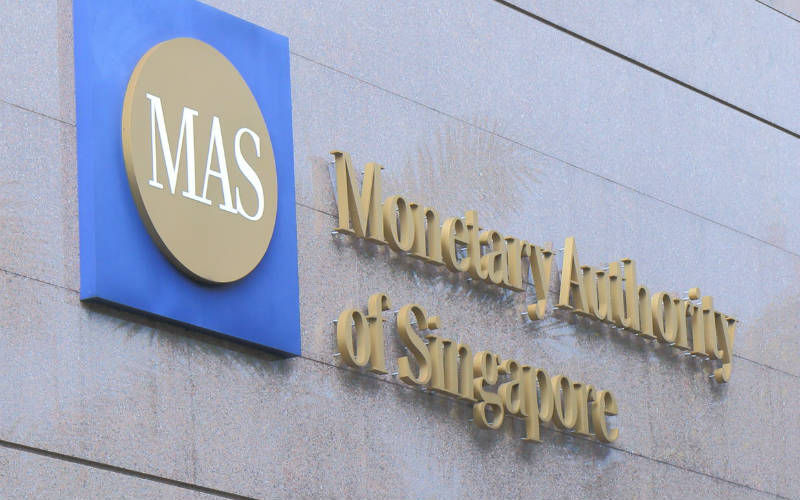To check the menace of financial crime, the Monetary Authority of Singapore (MAS) has urged banks to ensure optimum utilisation of technology and data analytics.
Speaking at the Association of Banks in Singapore (ABS) Financial Crime Seminar, Chua Kim Leng, MAS assistant managing director, said, “The next generation of surveillance systems utilise sophisticated techniques such as machine learning, which can help identify unusual patterns of transactions across a network of entities and across time. These systems show promise and could succeed in picking out suspicious activities that are impossible for the human eye today.”
Speaking about Know Your Customer (KYC), he said, “A number of banks in Singapore have come together to build a joint utility for the KYC processes.”
He added, “The utility can be a platform for raising the waterline for KYC processes across participating banks, and strengthen the adoption of best practices for screening and onboarding (of new customers). It can free up resources and allow banks to focus on the more complex aspects of customer due diligence and ongoing monitoring, including monitoring and investigating unusual and suspicious transactions.”
The assistant managing director has also urged banks and financial institutions to keep sharing information with the authorities beyond the AML/CFT (anti-money laundering/countering the financing of terrorism) Industry Partnership, or ACIP.
ACIP is a new approach towards public-private collaboration, providing a platform to exchange views and information on industry-wide AML/CFT issues. It was launched in April.
Notably, MAS has intensified supervision on financial institutions that have higher inherent ML/terror funding risks, and on control areas found to be lacking from past inspections.



